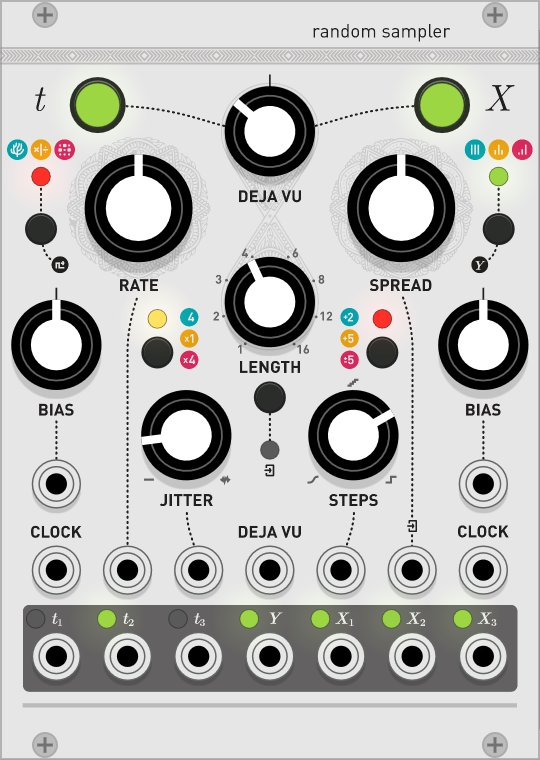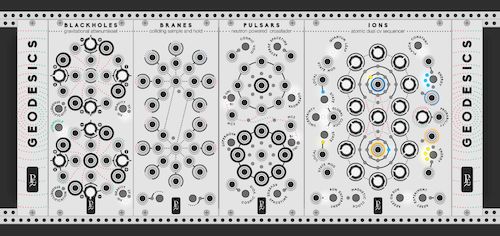In this video, I go through all the different features of this very deep module from Mutable Instruments, Stages. (Segment Generator from Audible Instruments). This time, most of the patches I build from scratch, and I start with creating LFO's and Step Sequencers, then I go through creating different Envelope Types, and I finish with some other cool things this module can do like S&H and Sequential Switches. There are Time Stamp links below, to all the different parts of the video, and here you can find all the different patches -
https://patchstorage.com/mutable-inst...
If you like what I do and want to support my work, consider buying my music or making a donation. Thank you!
https://omricohencomposer.bandcamp.com
https://paypal.me/omricohencomposer
00:43 - Introduction
03:42 - Creating LFO's
17:28 - Creating a Step Sequencer
30:07 - Envelopes
----------------------------
30:34 - 1 stage Decay Envelopes
34:45 - 2 stage Attack Decay Envelopes
38:05 - 4 stage ADSR Envelopes
45:30 - 5 stage AHDSR Envelopes
48:38 - 6 stage AHDSR with a signal delay
51:15 - Envelopes with End of Cycle\Envelope Trigger
Miscellaneous
----------------------
55:02 - Looping Envelopes
56:49 - S&H
57:51 - Sequential Switch


